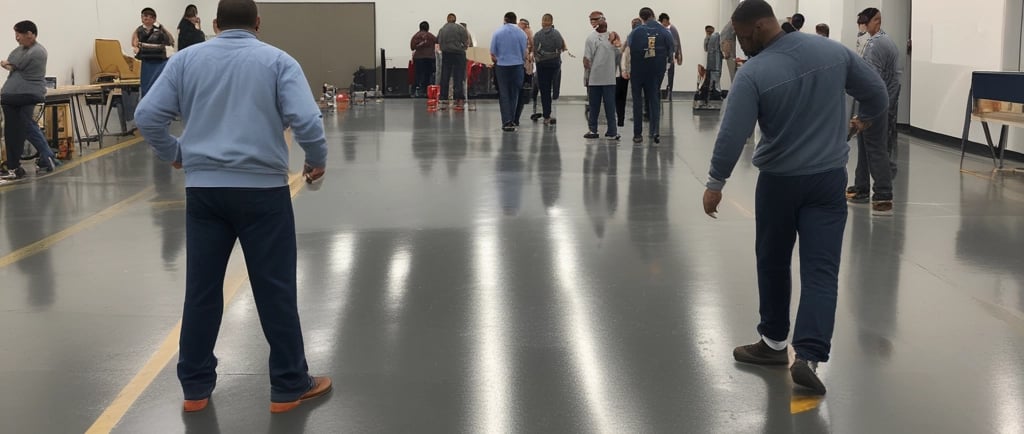Elevating Vocational Training through Expert Instructional Design
11/19/20252 min read


Understanding the Importance of Instructional Design in Vocational Training
In today's rapidly changing job market, the demand for skilled professionals, particularly in trades such as construction and specialized coatings like epoxy flooring, continues to rise. As an expert in instructional design and curriculum development, my focus is on creating effective training programs that equip learners with the necessary skills and knowledge. Effective instructional design is vital in vocational education, ensuring that content is clear, engaging, and relevant to industry standards.
Key Components of an Effective Vocational Curriculum
When developing a vocational training curriculum, it is essential to consider several key components that contribute to its effectiveness. These include a comprehensive needs analysis, which identifies the skill gaps in the workforce. By understanding the specific requirements of the industry, instructional designers can create targeted training that addresses these gaps. Additionally, the curriculum should incorporate hands-on learning opportunities, as practical experience is crucial in trades such as construction and coatings application.
Another significant component is the use of diverse instructional strategies. This includes leveraging various teaching methods, such as demonstrations, simulations, and real-world projects. These strategies not only enhance student engagement but also cater to different learning styles, making it easier for all students to grasp complex concepts.
The Role of Technology in Vocational Training
Technology plays a pivotal role in modern vocational training, particularly in specialized fields like epoxy flooring. Online learning platforms can supplement traditional classroom instruction, providing students with flexible access to resources and instruction. Integrating digital tools into the training process allows for interactive learning experiences and facilitates collaboration among learners.
Moreover, technology helps in tracking student progress and assessment. Using learning management systems (LMS), instructional designers can monitor student engagement, understanding, and skill acquisition. Such data-driven insights enable continuous improvement of the curriculum, ensuring that it remains relevant and effective over time.
Conclusion: The Future of Vocational Training
As the landscape of vocational education evolves, the need for expert instructional design becomes increasingly apparent. By focusing on the needs of the industry, incorporating hands-on learning, and effectively leveraging technology, we can create robust training programs that prepare students for successful careers in construction and specialized coatings.
The path to enhancing vocational training lies in a commitment to continuous improvement and adaptation. As an instructional designer, my goal is to foster an educational environment that empowers individuals to excel in their trades, benefiting both the learners and the industries they serve.
Empower
The Fallston Building
1716 Harford Road
Connect
Support
(202) 630-4567
© 2025. All rights reserved.
